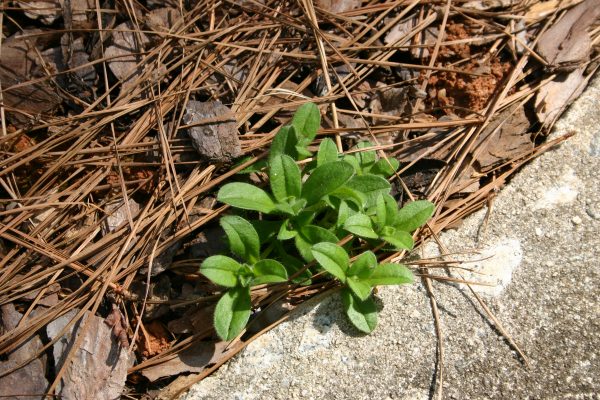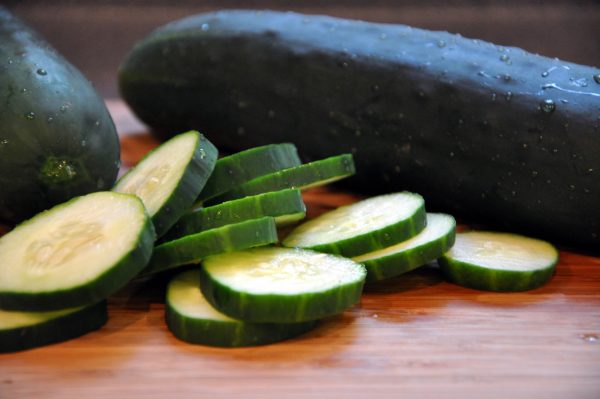Urea & Ammonium Nitrate – Difference
Q: What is the difference between ammonium nitrate (16-0-0) and urea
(45-0-0) besides the amount of Nitrogen?
A: Though it doesn’t affect our discussion, I think you have your fertilizer numbers mixed up. Ammonium nitrate is 33 percent nitrogen so the numbers on a bag will be 33-0-0. Calcium nitrate and sodium nitrate are both 16-0-0. You’re correct that urea is 46-0-0.
Perhaps some readers don’t know that the three numbers on a fertilizer container designate the percentages of primary plant nutrients in the bag or box. The first number is always nitrogen, the second is phosphorus and the third is potassium. Plants need these nutrients in higher amounts than other elements; they are required to be listed so you’ll know what you are buying.
Plants need nitrogen mainly to grow foliage. That’s why a lawn fertilizer will typically have a high percentage of nitrogen. Ammonium nitrate and urea both contain the element nitrogen, but in different forms. Even so, plants can not use some of the nitrogen in either product until it has been converted to the Anitrate form. Since ammonium nitrate has nitrate in it already, plants get nitrogen from it a bit faster than if you apply urea.
On the other hand, in warm soils, bacteria readily convert ammonium and urea to the nitrate that plants love in a matter of days.
Both products can “burn” the leaves of your grass if not watered (or rained) in soon after application. It is particularly important to irrigate urea after applying it to a lawn because otherwise some of the nitrogen will be converted to a gas and be blown away before it benefits your grass.
Either fertilizer can be beneficial if used properly. Since urea is usually slightly cheaper than ammonium nitrate, many lawn lovers choose it.















